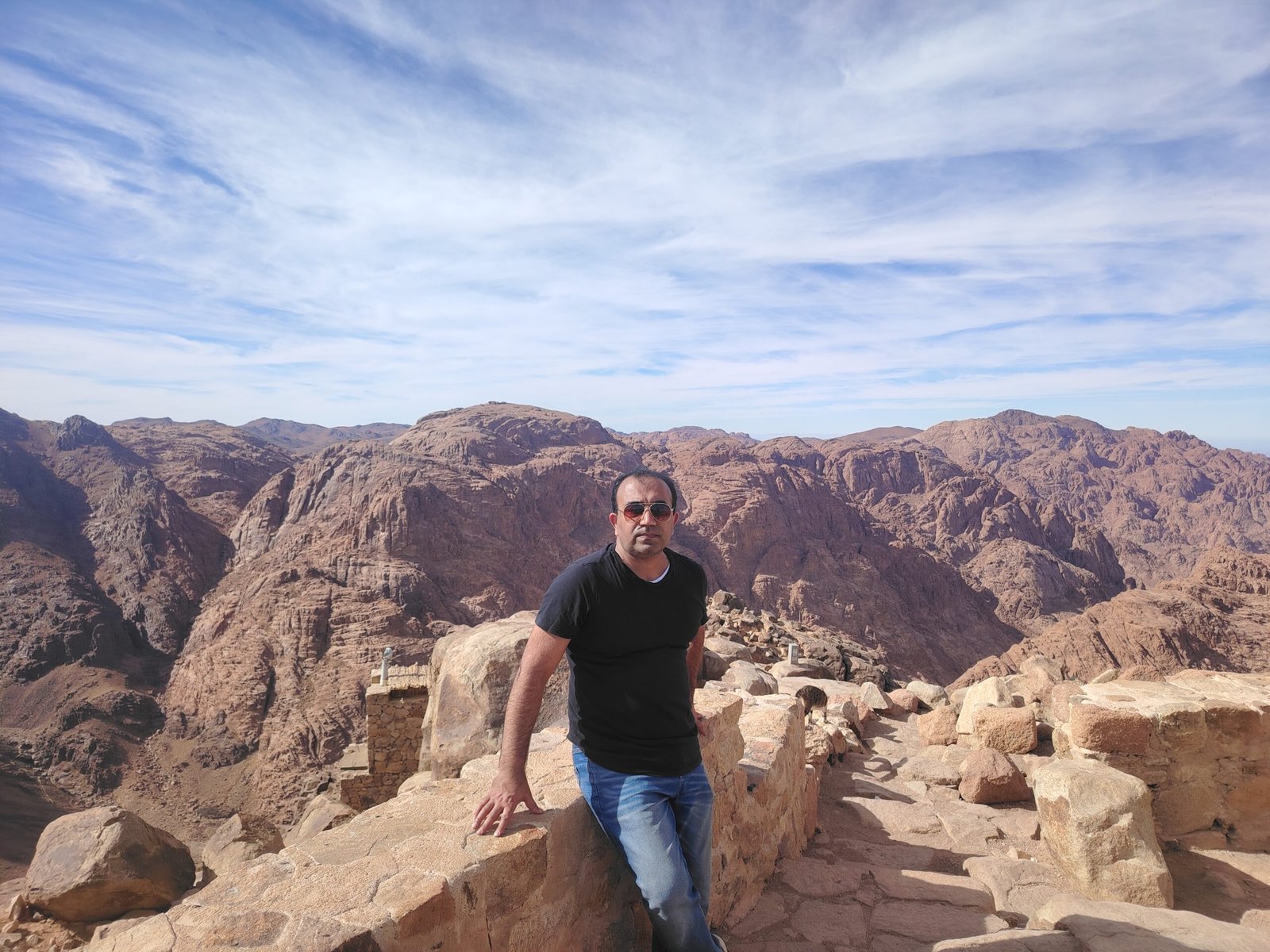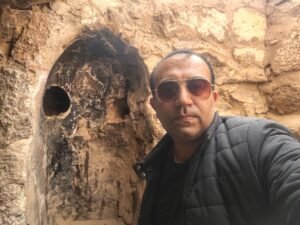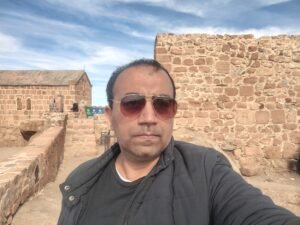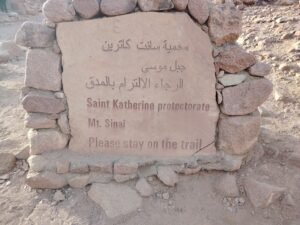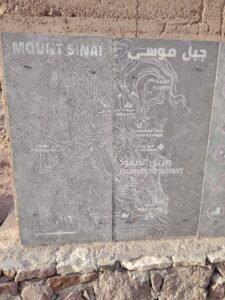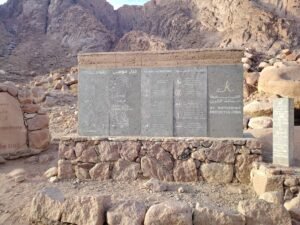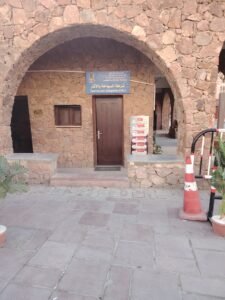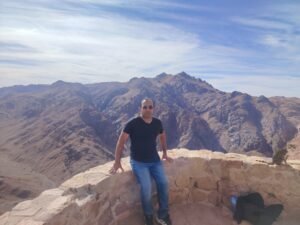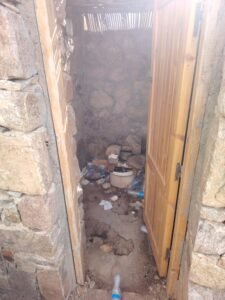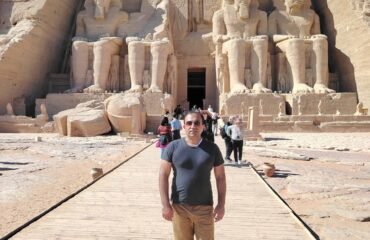Nestled in the rugged heart of Egypt’s Sinai Peninsula, Saint Catherine is home to some of the most spiritually and historically significant landscapes in the world. Among these treasures are Jabal Musa (Mount Sinai) and the enchanting Wadi Sinai, both deeply intertwined with ancient religious traditions, breathtaking natural beauty, and a legacy that continues to inspire visitors from around the globe.
Jabal Musa: The Mountain of Revelation
Jabal Musa, also known as Mount Sinai, holds a revered place in the Abrahamic faiths—Judaism, Christianity, and Islam. According to tradition, this is the mountain where Moses received the Ten Commandments from God, an event that has shaped the moral and spiritual framework of millions.
Standing at 2,285 meters above sea level, Jabal Musa offers more than just spiritual significance. Its granite peaks, shaped by millennia of natural forces, provide a dramatic contrast to the desert plains below. Visitors who climb the mountain—most starting their journey at night to witness a magnificent sunrise—find the experience to be both physically challenging and spiritually uplifting.
The ascent can be made via two routes:
- The Camel Path, a longer but easier trail, is suitable for those who prefer a more gradual climb.
- The Steps of Repentance, an ancient staircase of 3,750 steps carved by monks, is a more demanding route that offers a sense of penance and reverence.
At the summit, climbers find a small chapel and a mosque, symbolizing the mountain’s interfaith importance.
Wadi Sinai: A Hidden Gem in the Desert
Complementing the majesty of Jabal Musa is Wadi Sinai, a vast and picturesque valley that offers a quieter, yet equally profound, encounter with nature. This region is characterized by its stunning desert landscapes, unique rock formations, and a sense of timelessness that can only be found in such remote, untouched places.
Wadi Sinai is a sanctuary of biodiversity, home to various desert plants, wildlife, and migratory birds. Its rugged beauty is interspersed with small Bedouin communities who have lived in harmony with the land for generations. These communities are known for their hospitality, offering visitors insights into their rich traditions, music, and cuisine.
For adventurers, Wadi Sinai offers opportunities for hiking, camel trekking, and exploring hidden oases. Its silence and solitude provide a perfect escape for those seeking reflection and a deeper connection with nature.
Saint Catherine’s Monastery: A Timeless Testament
At the foot of Jabal Musa lies one of the oldest working monasteries in the world—Saint Catherine’s Monastery. Built in the 6th century by Emperor Justinian I, the monastery is a UNESCO World Heritage Site and a treasure trove of history, art, and spirituality.
The monastery houses a collection of ancient manuscripts, icons, and relics, second only to the Vatican in size and importance. The Burning Bush, revered in Christian tradition, grows within the monastery’s walls and is a focal point for pilgrims and visitors alike.
A Journey of Discovery
Whether you come for faith, adventure, or an appreciation of history and nature, Jabal Musa and Wadi Sinai promise an experience unlike any other. They stand as monuments to the profound connections between humanity, the divine, and the natural world.
In a world increasingly marked by haste and distraction, these timeless landscapes offer a rare opportunity to pause, reflect, and find inspiration. For those who venture to Saint Catherine, the memories of this sacred land endure, etched in the heart and soul.
Practical Tips for Visiting Jabal Musa and Saint Catherine, Egypt
- Tours from Nearby Cities: You can book tours from cities like Sharm El-Sheikh or Dahab, with prices starting around $25. However, these tours usually involve being picked up at night, as the itinerary often includes a climb to the summit to witness the sunrise. Operators typically guide you through the mountain trek and provide necessary assistance for an overnight stay on the summit.
- Solo Travel: I opted for a solo trip due to time constraints. Hiring a private taxi is an option, but it can be expensive. For example, a taxi from Cairo to Saint Catherine costs around $250. To save money, I took a Go Bus from Cairo for just EGP 400 (approximately $8). The journey from Cairo’s Tahrir Square to Saint Catherine’s police checkpoint (near the Camel Statue) takes about 8 hours. Note that public transport, except for private hires, is not allowed to enter Saint Catherine’s territory. I was dropped off at a petrol station near the checkpoint.
- Reaching Saint Catherine: At the checkpoint, the police can assist in stopping a vehicle for you, but always negotiate the fare beforehand. I was initially quoted EGP 200 but successfully negotiated down to EGP 50.
- Entrance Fees: There is an entrance fee for visiting the Saint Catherine Monastery, the Church of the Burning Bush, and other museums. Make sure to check the timings, as they sometimes close early or on specific days. For accurate information, refer to their official website: https://egymonuments.gov.eg/
- Local Guide Requirement: If you are not part of a tour, hiring a local guide (Bedouin) is mandatory. The current rate is EGP 650. While there was no visible notice at the checkpoint about this rule, the police insisted on the requirement. After confirming the policy at the local police station, I agreed and asked for a receipt, but none was provided. Although frustrating, there was no alternative but to comply.
- The Climb: Climbing Mount Musa is challenging but rewarding. Descending is significantly easier. I climbed on foot without using a camel or donkey. Bring a small backpack with energy drinks and snacks to keep yourself fuelled. Despite not having recent hiking experience and being tired from a full day at the Pyramids before starting my journey, and without any overnight sleep, I managed the climb. If I could do it, so can you!
- Using Camels or Donkeys: If you plan to hire a mule, ensure you’re comfortable riding one. Looking down from the mountain while riding camel for the first time can be intimidating, and the experience can feel unsafe if you’re not accustomed to it. Practice beforehand or request a brief trial ride before committing. Always confirm prices in advance to avoid being overcharged.
- The Summit View: The summit offers breathtaking views of surrounding mountains. Mount Musa, at 2,285 meters, is not Egypt’s tallest peak; nearby Mount Catherine stands taller at 2,629 meters.
- Monastery Timings: Saint Catherine’s Monastery opens around 9:00 AM and closes by 11:30 AM. Timings may vary on weekends, so plan your descent accordingly if you wish to visit the monastery or see the Burning Bush. I made the mistake of descending late and missed the opportunity.
- Weather and Preparation: Check the weather before your trip, as temperatures can drop below freezing. Although I wore a regular jumper, I found it sufficient. Plan for either a sunrise or sunset climb depending on your itinerary.
- Returning to Cairo: After descending, transportation can be a challenge. My local guide, though not particularly talkative about the area, was helpful in arranging my return. After making numerous calls, he found a minivan traveling from Dahab to Cairo. I negotiated with a taxi from Saint Catherine to the Camel Statue checkpoint for EGP 150 (down from EGP 300). From there, I paid EGP 400 for the ride to Cairo.
I hope these tips help you plan your trip to Jabal Musa and Saint Catherine. Feel free to reach out if you need further details or assistance!

